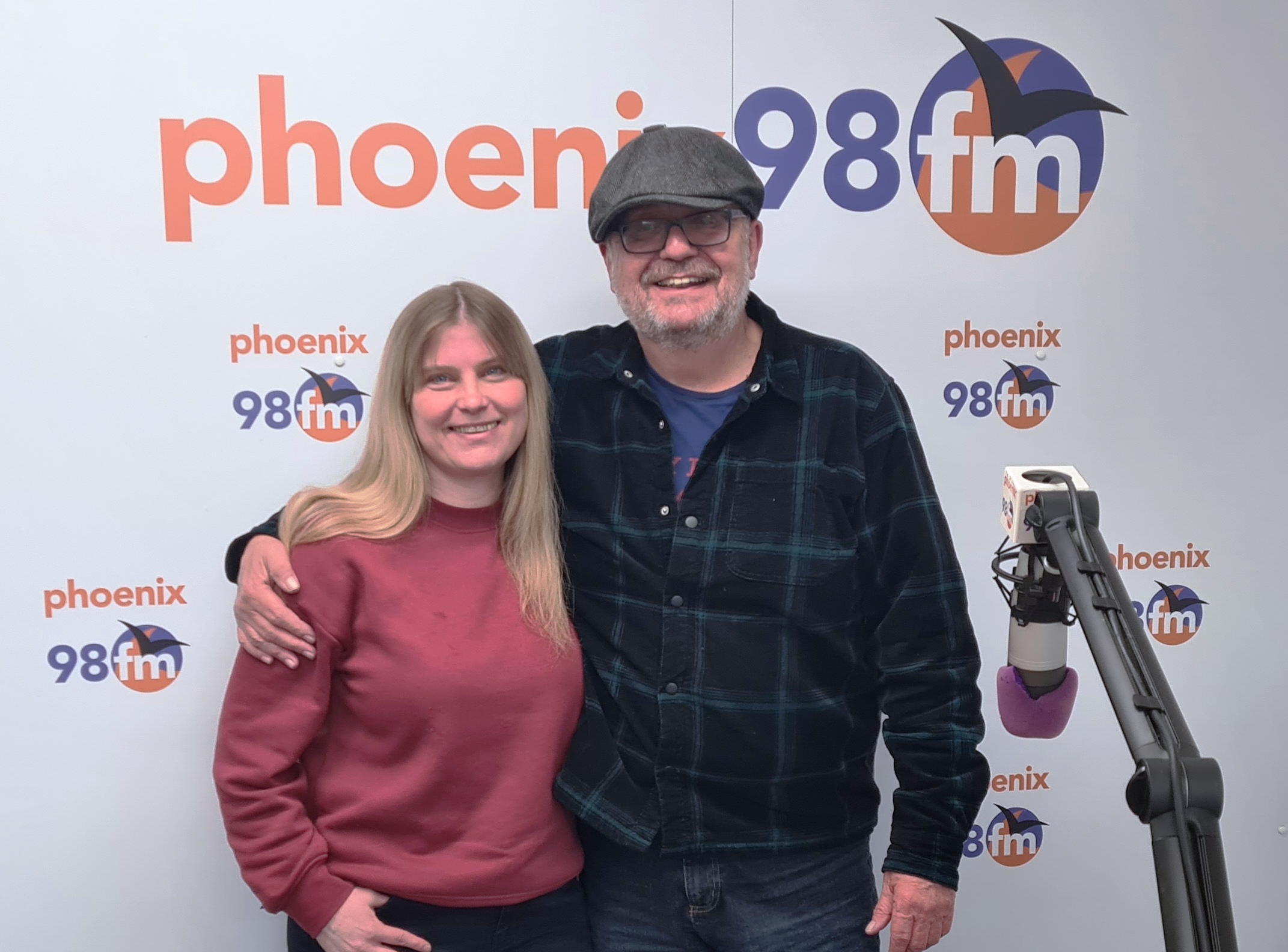This is your DNA, a vast and complex code that tells the story of your genetic makeup. Much like an alphabet, it comprises different letters that combine to form words. In this case, the “letters” are molecules, and the “words” are genes. Translating these genes into functioning components of your body is called gene encoding.
The Language of Life: DNA, RNA, and Protein
DNA is a long, twisting ladder-like structure filled with thousand sites. Each gene is a recipe for making proteins, the molecules that carry out most of the body’s functions. First, the DNA is transcribed into a similar molecule called RNA. Then, the RNA is translated into a protein, then followed.
Even though the process sounds simple, it’s full of intricate details that are still being studied by scientists worldwide. As a result, organizations like Hera BioLabs are constantly pushing the boundaries of gene encoding, finding ways to fine-tune the process and decode the mysteries within our genes.
Deciphering the Code
Every letter in the DNA alphabet—adenine (A), cytosine (C), guanine (G), and thymine (T)—plays a crucial role in gene encoding. They join together in three groups, forming a codon that represents an amino acid, the building block of proteins. It’s like how letters combine to make words in a sentence.
Here’s where it gets a bit tricky, though. Gene encoding is more complex than one codon equals one amino acid. So there’s a little more to the story:
- Start and Stop Signs: Some codons are like traffic signals. They tell the cell when to start and stop making a protein. For instance, the codon AUG is a start sign, while UAA, UAG, and UGA are stop signs.
- Multiple Meanings: One gene can lead to different proteins through a process called alternative splicing. Changing the cooking method is like getting different dishes from one recipe.
- Changing the Script: Sometimes, the DNA script can be modified without changing the letters. These modifications, known as epigenetic changes, can switch genes on or off, changing the outcome of the gene encoding process.
What Does This Mean for Us?
Understanding gene encoding isn’t just for scientists—it affects us all. For instance, understanding how genes encode proteins can help explain why certain diseases occur. It’s like solving a puzzle, with each piece providing more information about how our bodies work and how diseases can be treated.
Researchers are also using their knowledge of gene encoding to develop gene therapies that correct DNA mistakes. Additionally, they’re developing new types of treatments, like mRNA vaccines. You might remember these from the COVID-19 vaccines, which used our body’s gene encoding machinery to teach our immune system how to fight the virus.
Cracking the Code
The DNA alphabet and gene encoding may seem like topics for a science fiction novel, but they’re real and significantly impact our lives. As we learn more about our genetic code and how it’s translated into the molecules that make up our bodies, we’re not just solving a mystery. We’re paving the way for advancements in medicine and health, inching closer to a future where illnesses might be a thing of the past.

































